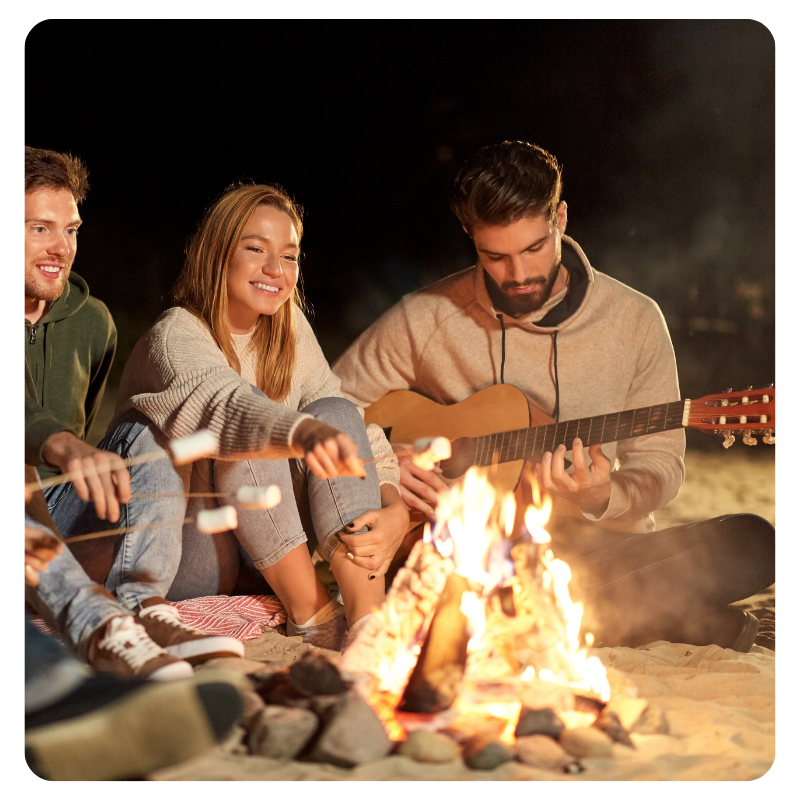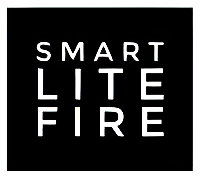How to Light a Fire in Any Weather: Top Tips & Tricks
Posted on June 29 2025

Few things beat the crackle and warmth of a well-built fire—whether you’re camping under starry skies or cozying up by your living-room hearth. Yet unpredictable weather (rain, wind, damp wood) can turn fire-starting into a frustrating chore. With the right know-how and reliable tools—like EasyLight fire starter sticks and eco-friendly BioBricks—you can conquer any condition and spark a flawless flame every time. Read on for expert tips that will have you building the perfect blaze in rain, wind, or freezing temperatures.

1. Understanding Weather Challenges
-
Moisture & Damp Wood: Wood left out in the open absorbs moisture at its core, making it reluctant to ignite with matches or fragile tinder alone. Before you begin, inspect your logs: if they feel damp, break them open to expose the drier inner wood. Storing kindling and tinder in a waterproof container can make all the difference on foggy mornings or misty evenings.
-
Wind & Airflow: Fire needs oxygen, but gusts can snuff out tiny embers before they catch. Position your fire pit behind a natural or man-made windbreak—rocks, logs, even a folded emergency blanket—so flames aren’t blasted out at the first spark. A sheltered setup ensures steady combustion without sacrificing airflow.
-
Cold Temperatures: Sub-freezing air pulls heat away from your fire’s base, forcing you to generate extra warmth at the outset. Pre-heat your pit or wood stove with a small layer of dry kindling and EasyLight sticks before adding larger logs. This initial burst of heat carries you through the toughest starts.
2. Choosing the Right Fuel
-
EasyLight Fire Starter Sticks: Each stick lights instantly—even on damp wood—and burns for 6–8″ of flame for up to 30 minutes. Crafted from non-toxic paraffin and woodchips, they emit virtually no smoke or odor.
-
BioBricks: Made from compressed agricultural waste, BioBricks burn hot, burn long, and leave minimal ash. Ideal for maintaining high heat in wood stoves or outdoor fire pits.
-
Dry Kindling & Tinder: Gather small, dry sticks and natural tinder (pine needles, birch bark). Stash them in a waterproof bag so you’re ready whenever and wherever you need to light up.
Combining these three fuels gives you unbeatable flexibility: EasyLight sticks ignite your tinder, kindling builds the flame, and BioBricks sustain the heat.
3. Mastering EasyLight Fire Starter Sticks
-
Placement: Lay 1–2 sticks on a bed of dry tinder in your pit or stove.
-
Ignition: Light both ends simultaneously with a match or lighter.
-
Safety: Keep a safe distance, use heat-resistant gloves, and have water or an extinguisher on hand.
Because these sticks burn cleanly and powerfully, they give your fire the jumpstart it needs—even in less-than-ideal conditions.
4. Building Effective Fire Structures
-
Teepee: Stand kindling sticks in a cone over your starter sticks. As the flame grows, lay larger logs around the base.
-
Log Cabin: Stack logs in alternating pairs, creating a square “cabin.” Fill the center with tinder and EasyLight sticks, then add kindling and more logs.
-
Lean-To (for wind): Prop a long stick at an angle against a larger log. Place starters and tinder underneath, then lean kindling over it to shield the flame from gusts.
Choose your structure based on weather and fuel size for a balanced, long-lasting burn.
5. Maintaining a Steady Flame
-
Airflow Control: Start with vents or damper fully open. As the fire builds, gradually close them to retain heat without smothering flames.
-
Adding Fuel: Add one log at a time—too many at once chokes oxygen flow.
-
Ash Management: Every few hours, clear excess ash so fresh air can reach the embers. BioBricks leave minimal ash, making this quick and easy.
6. Pro Tips & Hacks
-
DIY Windbreak: Hang a reflective emergency blanket or tarp on the windward side of your fire pit.
-
Reflective Heat: Position a large rock or metal sheet behind your flames to bounce heat forward.
-
Petroleum Jelly Tinder: Coat cotton balls in petroleum jelly and store in a waterproof container—instantly reliable tinder.
-
Safety Perimeter: Clear at least 3 feet of debris around your fire to prevent stray spark



0 comments